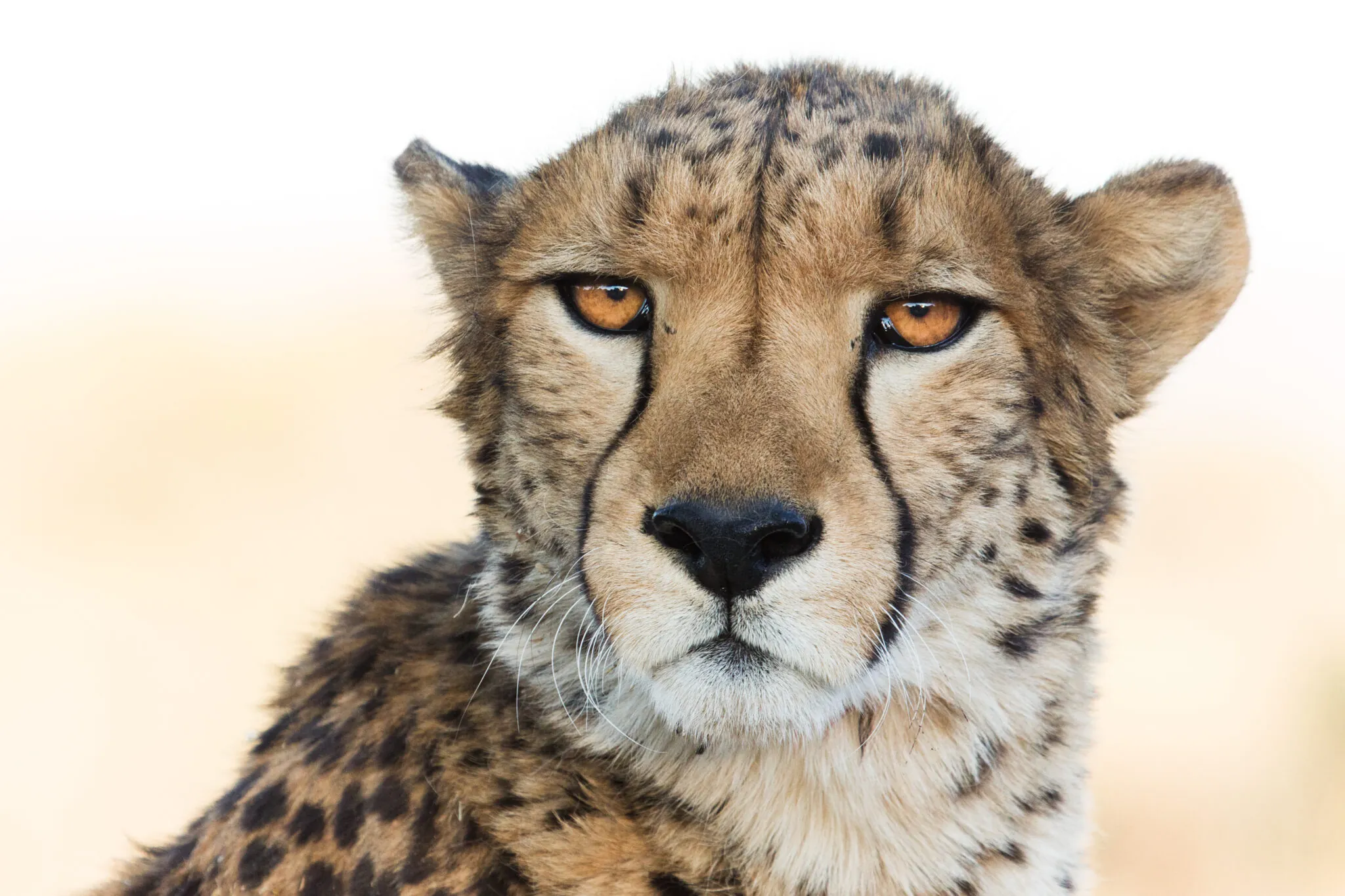-
Menu
- Plan Your Visit
- Meet The Animals
- Check Out Events
- Memberships
- About The Zoo
- Support the Zoo
- Conservation
- Education
- Groups & Private Events
- Zoo News
- Contact
- Zoo Store
- Indianapolis Prize
- Global Center for Species Survival
- Schedule
- Donate
- Membership
- Tickets

- Plan Your Visit
- Meet The Animals
- Check Out Events
- Memberships
- About The Zoo
- Support the Zoo
- Conservation
- Education
- Groups & Private Events
- Zoo News
- Contact
- Zoo Store
- Indianapolis Prize
- Global Center for Species Survival
FIELD SUPPORT FOR GLOBAL CONSERVATION
One of the keystones of the Indianapolis Zoo’s commitment to conservation is to support efforts around the world to save wildlife and wild places that are in danger. The Zoo’s support reaches far and wide through its involvement and monetary assistance with many different organizations, researchers and scientists in the field whose hard work is helping to preserve unique animals and their habitats for future generations. Learn more about our global conservation initiatives by clicking on the links below.

